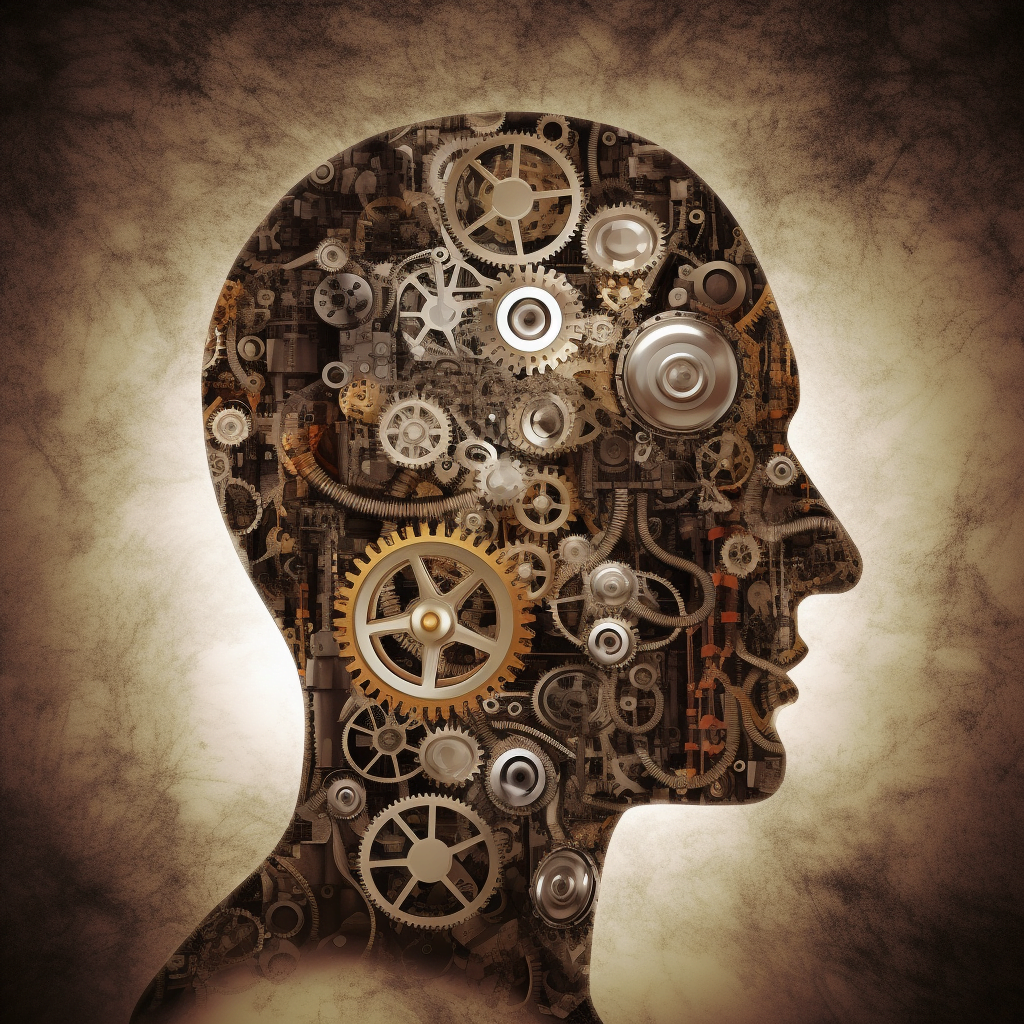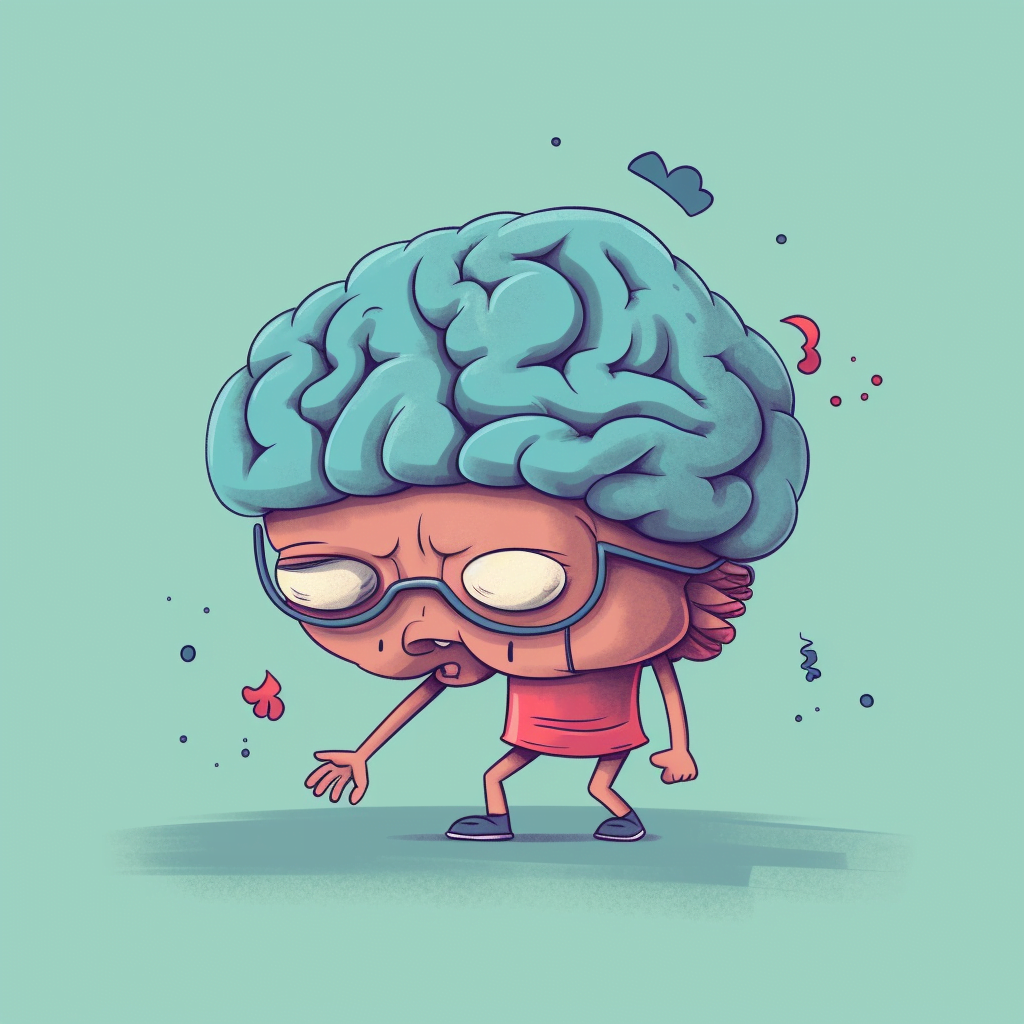
In terms of memory, any information that our minds try to process and store in our brains goes through a process of encoding, where we break down the information into a form we can understand and use at a later date. Afterward, our brains decode the previously encoded information to recall it.
Encoding: The Magical Recipe of Memory
Remember, encoding is the chef of the memory kitchen. Just like a chef transforming raw ingredients into a mouthwatering dish, encoding helps transform information into a format our brains can digest and store. The brain processes different types of information, such as images, sounds, or meanings, through various encoding methods. There are three main types of encoding: visual, acoustic, and semantic encoding.
Visual Encoding: Picture Perfect
Visual encoding is like taking mental snapshots of the world around us. When we see something, our brains try to remember it by capturing its image. For example, think of a cute kitten playing with a ball of yarn. This mental picture helps the brain remember the scene using visual encoding.
Acoustic Encoding: Sounds Good to Me
Acoustic encoding focuses on sounds and auditory information. It’s like having a catchy tune stuck in your head. When someone hears a song, a joke, or a conversation, the brain processes and stores the information by remembering the sound patterns.
Semantic Encoding: It’s All About Meaning
Semantic encoding is the brain’s way of understanding the meaning of information. This type of encoding focuses on the deeper meaning and context of information. It’s like trying to understand a riddle. The brain breaks down the riddle into smaller pieces and connects it to existing knowledge to find its meaning.
Importance of Encoding in Memory
Without encoding, the memory would be a messy, disorganized room. Imagine trying to find a specific toy in a room full of random objects scattered everywhere. Encoding is the process that helps organize and label those toys, making it easier to find them later.
Examples of Encoding in Everyday Life
Memorizing a Phone Number
When memorizing a phone number, the brain uses acoustic encoding to remember the sounds and rhythm of the numbers. It might also use semantic encoding to give meaning to the numbers, like remembering the area code because it’s the same as a close friend’s.
Studying for a Test
When studying for a test, the brain engages in semantic encoding to understand the meaning behind facts and concepts. Visual encoding can also come into play, especially when dealing with diagrams, maps, or charts.
Remembering Faces and Names
When we meet new people, our brains use visual encoding to remember their faces and acoustic encoding to remember their names. By associating the face with the name, we can better recall this information later on.
Grocery Shopping
While grocery shopping, the brain might use visual encoding to remember the appearance of a specific brand of cereal or acoustic encoding to remember the name of a favorite snack. Semantic encoding helps us remember the purpose of certain items, like buying milk for cereal.
Tips for Improving Encoding
Make It Meaningful
Connecting new information to existing knowledge can help improve encoding. By finding meaning or a personal connection, the brain is more likely to store the information for later use.
Use Mnemonics
Mnemonic devices, like acronyms or rhymes, can help improve encoding by making information more memorable. For example, using the acronym “ROYGBIV” to remember the colors of the rainbow.
Engage Multiple Senses
Involving multiple senses, like sight and sound, can strengthen encoding. Watching a video about a topic while taking notes can help engage both visual and acoustic encoding.
Practice Makes Perfect
Repetition and practice can help improve encoding. By reviewing information regularly, the brain can strengthen its memory connections, making it easier to recall the information later.
Wrapping It Up: The Magic of Encoding
In conclusion, encoding is the magical process that helps transform information into a format our brains can understand and store. By using different types of encoding, such as visual, acoustic, and semantic, the
brain can process and store various types of information. Everyday activities, like memorizing phone numbers or grocery shopping, rely on encoding to help us remember important details.
With a better understanding of encoding and its role in memory, it’s possible to improve memory retention by making information more meaningful, using mnemonic devices, engaging multiple senses, and practicing regularly. So next time you find yourself struggling to remember something, remember the magic of encoding and give your brain a little extra help. And who knows, maybe you’ll become the memory wizard you’ve always wanted to be!




